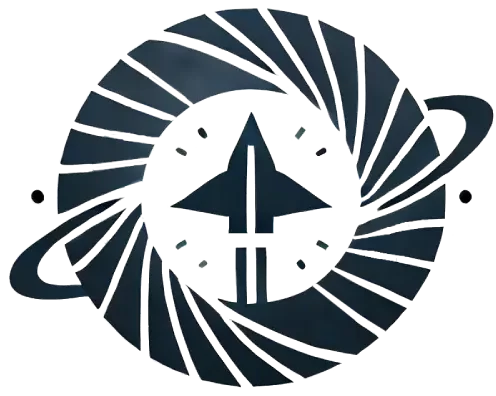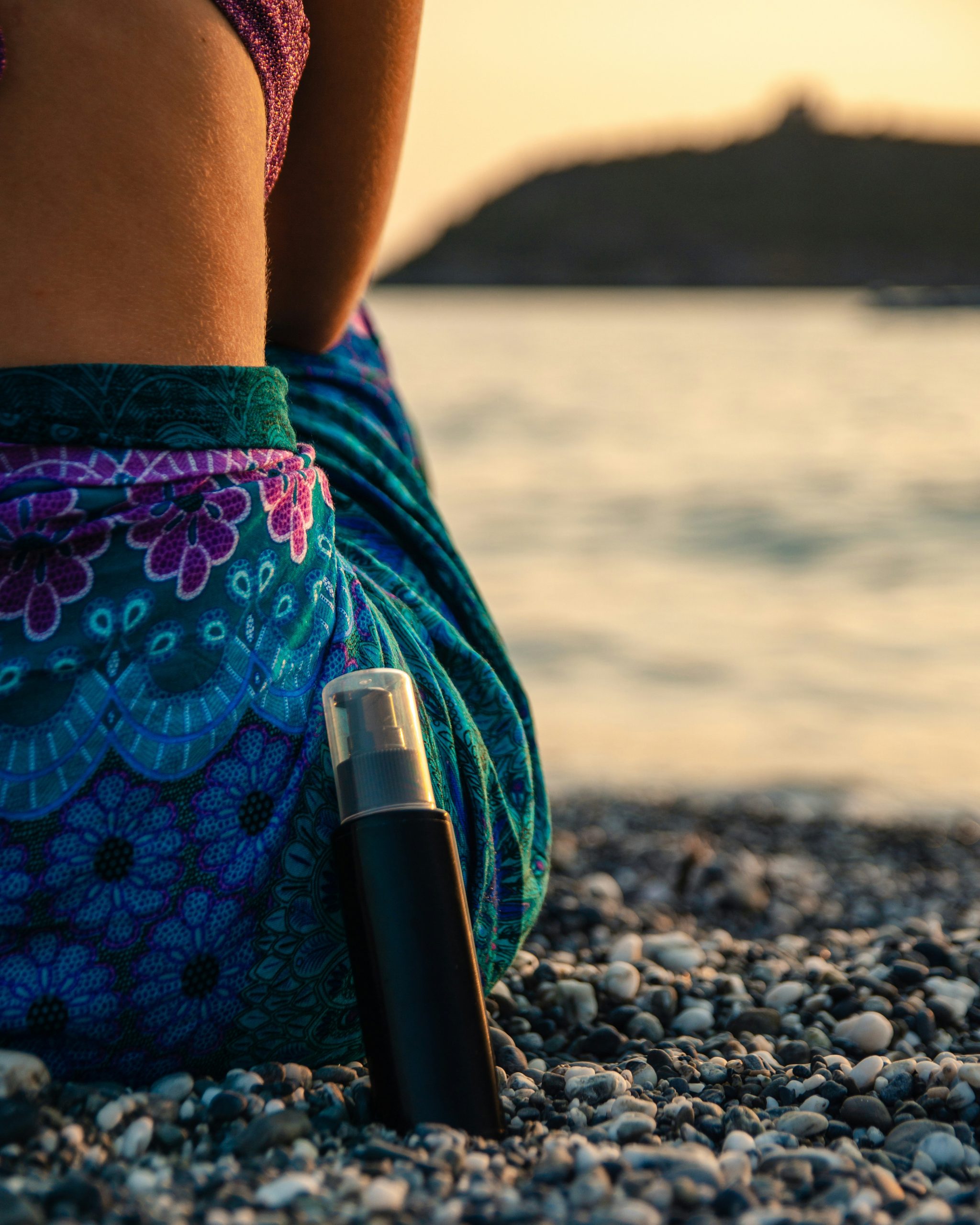How do people make water slides?
If you’ve ever been to a water park, chances are you’ve enjoyed the thrill of hurtling down a twisting and turning water slide. But have you ever stopped to wonder how these gravity-defying structures are made? From towering drops to gentle slopes, there’s more than one way to make a water slide. Whether you’re curious about the manufacturing process or considering building your own backyard attraction, this article will take an in-depth look at everything you need to know about water slide manufacture. So sit back, grab your sunscreen and let’s dive into the world of water slides!
What are the different types of water slides?
Water slides come in all shapes and sizes, ranging from gentle curves to steep drops that will leave your stomach in knots. Here are some of the most popular types of water slides:
Body Slides: These are simple, straight slides that allow riders to lie on their backs or stomachs as they glide down.
Tube Slides: Tube slides feature enclosed tubes that can be ridden individually or with a partner. They often have twists and turns for an added thrill.
Mat Racer Slides: This type of slide is perfect for competitive riders looking for a challenge. Riders race head-to-head on mats down parallel tracks.
Drop Slides: If you’re a daredevil seeking thrills, drop slides should be at the top of your list. These vertical drops send riders plummeting towards the ground before leveling out into a run-out area.
Rafting Slides: Rafting slides allow groups to ride together in large rafts down winding paths filled with rapids and waves.
Each type of water slide provides its unique experience, ensuring there’s something for everyone at any water park!
How are water slides made?
Water slides are a thrilling addition to any water park or backyard pool. But have you ever wondered how they’re made? Well, the process is more complex than you might think!
First, engineers and designers create detailed plans for each slide. They consider factors water slide manufactu like height, length, curve radius, rider capacity and splash zones before starting construction.
Once the plans are finalized, workers begin building the structure of the slide using steel or fiberglass materials. The frame is then coated with layers of resin and gel coat to make it strong enough to support riders as they zoom down at high speeds.
After that comes the installation of water supply systems which ensure an adequate flow of water through the slide for riders’ safety and comfort. Workers add finishing touches like decals or themed designs.
The manufacturing process may take several months depending on complexity but once completed; these thrilling rides offer hours of fun for people all over the world!
What are the benefits of water slides?
Water slides are a great source of fun and excitement for people of all ages. One of the primary benefits of water slides is that they provide a thrilling experience without any significant physical effort involved. Riders can simply slide down the slope, enjoying the ride and feeling the rush.
Another benefit of water slides is that they help to beat the heat during hot summer months. Water on slides provides much-needed relief from scorching temperatures while providing a fun way to stay cool.
Water slides also promote social interaction as families and friends can enjoy them together. They create an environment where people can bond over shared experiences, building stronger relationships with each other.
Moreover, water slide facilities often include additional amenities such as swimming pools or splash pads which offer even more ways to stay active and have fun in the sun.
Using water slides has been found to improve overall health by promoting physical activity without putting undue strain on joints or muscles. Additionally, it helps children develop their balance skills while having fun at the same time.
There are many benefits associated with using water slides – from staying cool in hot weather to promoting social interaction – making them an excellent investment for anyone looking for outdoor entertainment options this summer season!
Are there any safety concerns with water slides?
Water slides can be a fun and exciting way to cool off during hot summer days. However, safety is always the number one concern when it comes to enjoying water activities, especially for children. There are several potential safety concerns associated with water slides that should not be ignored.
One of the most common risks of water slides is slipping or falling on wet surfaces. To prevent accidents caused by slippery surfaces, manufacturers use special coatings and materials that provide grip even when wet. Additionally, lifeguards are usually stationed at the bottom of large water slides to ensure swimmers exit safely.
Another risk associated with water slides is getting stuck in tight spaces or experiencing unexpected drops or twists while sliding down the slide. To minimize these risks, water slide manufactu engineers design water slide structures with specific angles and curves that allow for a smooth ride without sudden changes in direction.
It’s also important to note that reckless behavior such as running up or down stairs leading to the top of a waterslide can lead to serious injuries like falls and broken bones. Therefore, proper signage indicating what not do while using the facility must always be present.
To sum it up, while there are some inherent risks involved in using any type of amusement park equipment including waterslides – careful planning and proper maintenance goes a long way towards ensuring everyone has an enjoyable experience without incident!
How can I make my own water slide?
Making your own water slide can be a fun and exciting project for the whole family. Here are some tips on how to make your own water slide.
First, choose a suitable location for your water slide. Look for an area with enough space and a gentle slope that is not too steep. You will also need access to a hose or other source of water.
Next, gather materials such as plastic sheeting, duct tape, pool noodles or foam padding, and stakes to anchor the slide in place.
Start by laying out the plastic sheeting on the ground. Cut it to size so that it fits your chosen area and leaves enough space at the end for users to come safely to a stop.
Use duct tape to secure the edges of the plastic sheeting together and form channels down which water can flow smoothly.
If desired, add extra padding using pool noodles or foam padding along both sides of the slide to prevent injuries from impacts with hard surfaces.
Anchor both ends of the slide securely in place using stakes driven into the ground. Turn on your hose or other source of water and enjoy sliding down your homemade creation!
Remember safety first when making any type of DIY project especially one involving children; always supervise playtime activities closely!
Conclusion
Water slides are a great source of entertainment and fun for people of all ages. With different types, designs, and sizes available in the market, water slides have become an integral part of water parks around the world.
In this article, we’ve covered how water slides are made. We explored the various types of water slides that you can find in most amusement parks today. We also discussed some safety concerns associated with these structures and shared tips on how to make your own DIY backyard waterslide.
Whether you’re into thrilling drops or more relaxed family-friendly rides, there’s a perfect water slide waiting for you out there. And if you’re curious about the manufacturing process behind these exhilarating attractions – well now you know!
So next time when visit any amusement park or get ready to build your personal backyard pool party setup, we hope that this post has provided valuable information on everything related to Water Slide Manufacturing!


